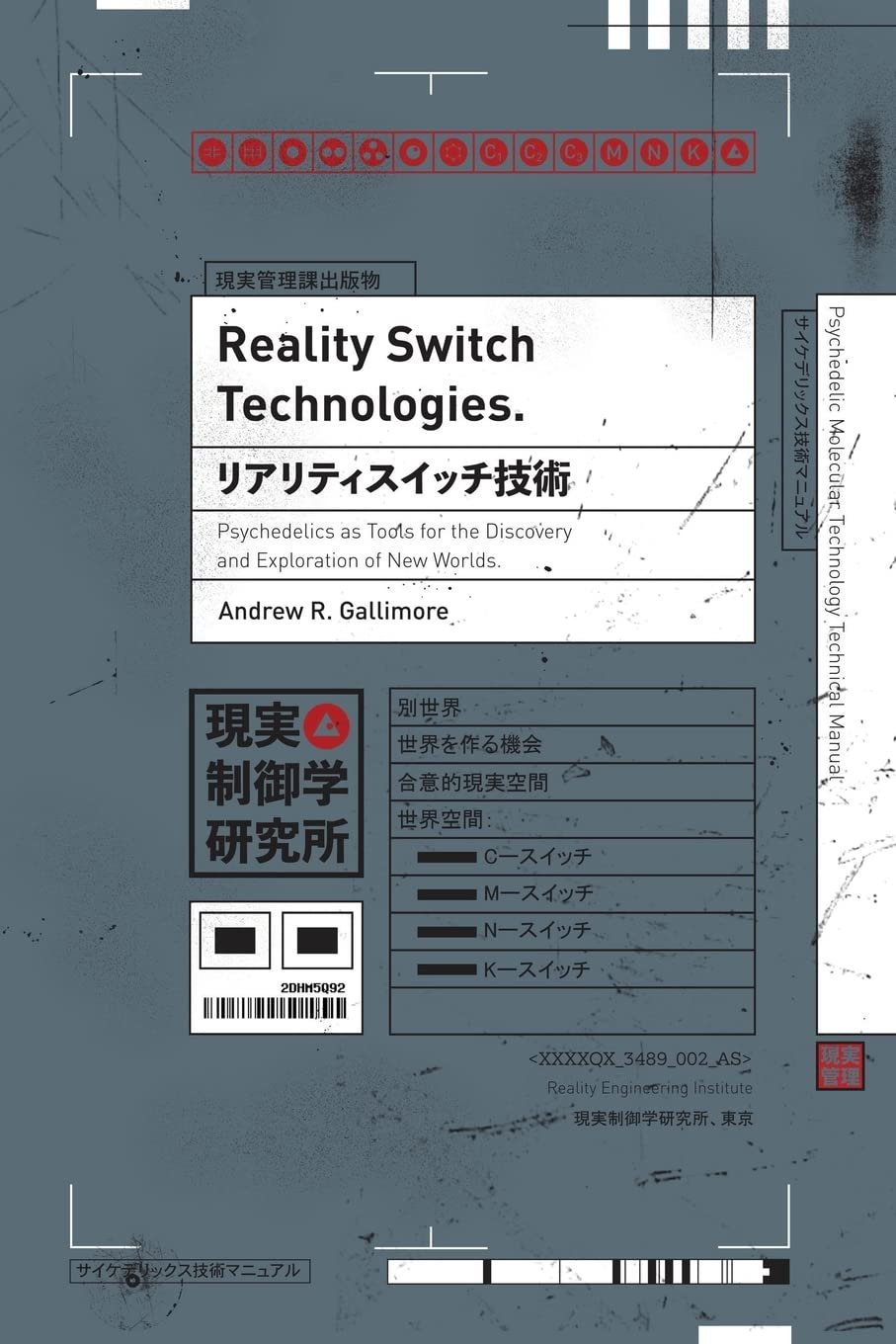Psychedelic Hallucinations may be generated in our retinofugal pathway!
If you are reading this, you’ve probably, at a point in your life, or maybe even right now, hallucinated under the influence of psychedelics.
Over the years, researchers have attempted to explain what hallucinations are and where they originate.
Some people argue that hallucinations are repressed memories stored in our subconscious mind and originate in the brain. Others believe these events are generated by our pineal gland, allowing our brain to travel across different inter-cortical dimensions.
Many of these situations and theories are, of course, caused by the conflict between science and spirituality that roam around the realm of psychedelics.
Despite being a subject constantly evolving in the scientific world, and we can analyze more data and understand how these compounds affect the way our brain functions, it’s still subjective to understand the goal of these studies. How do these compounds affect the mind, and what is the consciousness exactly?
Even though we don’t have an answer to these questions yet, we got a little bit closer to unraveling one of the many mysteries in the world of psychedelics.

Where do visual hallucinations originate upon the intake of psychedelics?
When reading on the subject, you will come across data saying that hallucinations are caused by the activation of the 5HT-2A receptor, thus modulating our perceptual modalities.
However, recent studies from the University of Maastricht and the team of Zeus Tipado, Kim P.C. Kuypers, Bettina Sorger, and Johannes G. Ramaekers brought light to a different theory. That hallucinations may be originating in the retinofugal pathway.
Following the previous research done by Apter and Pfeiffer in 1956, who equally believed in the potential of psychedelic hallucinations generated in the retina, the team set sail to explore the subject in depth.
Unlike the prior studies, which suggested that psychedelics caused a dysregulation in thalamocortical communication, the team hypothesizes that upon intake of a psychedelic substance, there is a modulation of visual information earlier in the visual pathway, more specifically through neuroreceptors embedded within amacrine cells, known to be affected by psychedelics via action on dopamine, NMDA, acetylcholine, GABA, opioid, and serotonin receptors.
The amacrine cells are found in the inner plexiform layer of the retina and are inhibitory neurons that also use GABA or glycine as neurotransmitters. Researchers estimate humans have around 30 amacrine subtypes based on morphology and potential functionality expressed in specific cells being the most studied, the starburst amacrine cells, which are responsible for modulating detection-sensitive motion visual information received by photoreceptors to retinal ganglion cells.
Researchers theorized that amacrine cells modulate the visual information related to shaping spatial perception, early edge detection, contour, and other testable visual sensitivities, the same information affected upon the intake of psychedelic compounds.
It’s believed that narrow-field amacrine cells create “cross-talk” between the pathways of ON and OFF receptive fields within inner retinal cells and are more inhibitory in nature within nature within these ON and OFF pathways.
When applying glutamate antagonists to All amacrine cells, the team noticed an increase in the ON-center response of the cells but a decrease in the OFF-response. The same happened when applying GABA antagonists; ON-center responses increased, and OFF-surround attenuated.
Preclincal data demonstrates that amacrine cells are reactive towards exogenous serotonin, the same receptors activated by classical psychedelics such as LSD, DMT, Psilocybin. Additionally, its known serotonin is present at extremely high levels in amacrine cells with large somas. And bipolar cells can absorb exogenous serotonin along with endogenous serotonin produced by amacrine cells but have no means to transport this neurotransmitter. Hence, the accumulation, degrades for an unknown reason.
Knowing why these sites are affected and how they function, we must ask ourselves. How do these cells change our perception of vision?
To understand this, we must first know that the amacrine cells are the first intermediary between raw visual data obtained from photoreceptors and retinal ganglion cells that extend directly to the LGN. Following the hypothesis that subcortical structures served as core neurological sites that explain perceptual alteration of psychedelics, there is a possibility that parts of the retina that express serotonin receptors, such as the amacrine cells and retinal ganglion cells, may constitute an essential mechanism to the changes of perception while under a psychedelic experience.
Currently, the notion of amacrine cells contributing to psychedelic visuals is based on the following observations:
-
- Animals lacking amacrine cells have an abnormal visual sensitivity.
-
- Classic psychedelics are serotonergic agonists, and serotonin receptors are inherent to amacrine cells.
-
- Amacrine cells are the first intermediary between the retina and thalamocortical circuits that process and produce visual sensory information.
Does this mean that a psychedelic experience is simply a change of perception caused by amacrine cells?
Absolutely not! Factors such as neuroplasticity, auditory hallucinations, mood enhancement, spiritual connection, and dissociation also dictate what a psychedelic experience truly is.
Despite not narrating what a psychedelic experience is, this research brings us closer to understanding that visual hallucinations induced by psychedelics might be generated within the eye. It also notes that the amacrine cells have been an under-looked functional element of this very under-research perceptual phenomenon, and it would be vital to include potential modulation of these cells within existing and future theories of psychedelic visual alteration.
References:
Zeus Tipado, Kim P.C. Kuypers, Bettina Sorger, Johannes G. Ramaekers,
Visual hallucinations originating in the retinofugal pathway under clinical and psychedelic conditions- European Neuropsychopharmacology,Volume 85, 2024, Pages 10-20,
Effect of Hallucinogenic Drugs on the Electroretinogram
Am. J. Ophthalmol., 42 (4) (1956), pp. 206-211
Balasubramanian and Gan, 2014, R. Balasubramanian, L. Gan
Development of Retinal Amacrine Cells and Their Dendritic Stratification
Curr Ophthalmol Rep, 2 (3) (2014), p. 100
A.M. Becker, A. Klaiber, F. Holze, I. Istampoulouoglou, U. Duthaler, N. Varghese, A. Eckert, M.E. Liechti
Ketanserin reverses the acute response to LSD in a randomized, double-blind, placebo-controlled, crossover study in healthy participants
M.J. Cunningham, H.A. Bock, I.C. Serrano, B. Bechand, D.J. Vidyadhara, E.M. Bonniwell, D. Lankri, P. Duggan, A.L. Nazarova, A.B. Cao, M.M. Calkins, P. Khirsariya, C. Hwu, V. Katritch, S.S. Chandra, J.D. McCorvy, D. Sames
Pharmacological mechanism of the non-hallucinogenic 5-HT agonist ariadne and analogs
D.B. de Araujo, S. Ribeiro, G.A. Cecchi, F.M. Carvalho, T.A. Sanchez, J.P. Pinto, B.S. de Martinis, J.A. Crippa, J.E.C. Hallak, A.C. Santos
Seeing with the eyes shut: neural basis of enhanced imagery following ayahuasca ingestion


